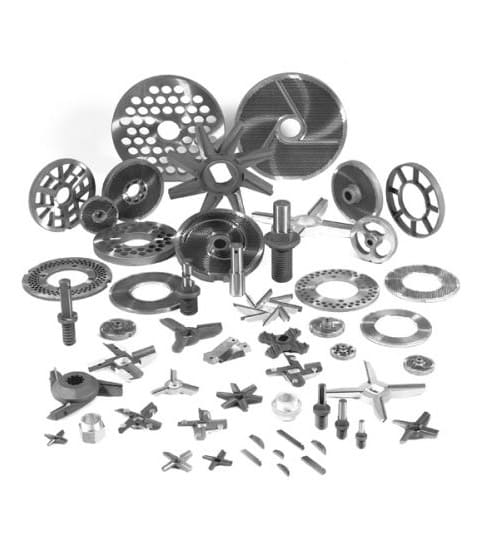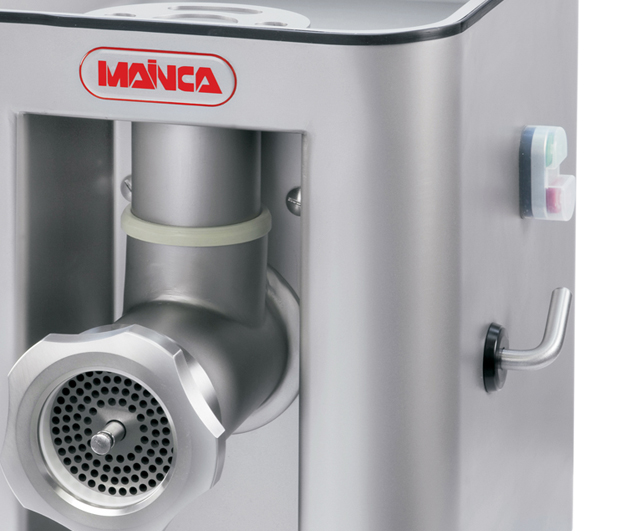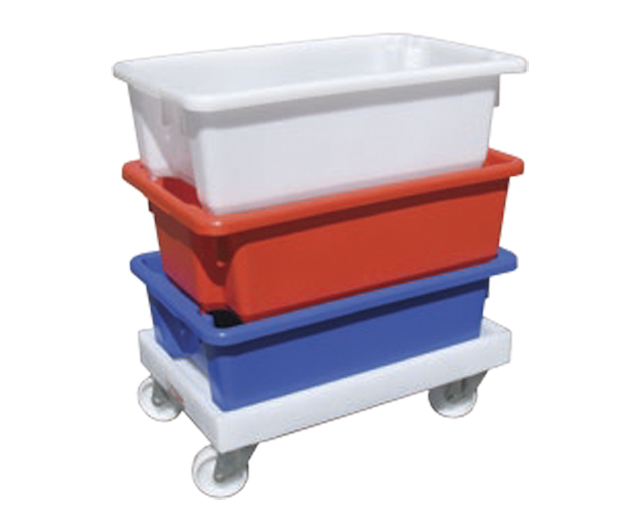When it comes to meat processing, selecting the right tool can make all the difference in terms of quality, efficiency, and consistency of the end product. If you’re running a commercial kitchen, butchery, or food manufacturing facility, understanding the unique functions of meat mincers, dicers, and bowl cutters is essential. At Barnco, we supply premium-grade processing equipment to support businesses across Australia with precision-engineered machinery built to last.
Understanding Meat Mincers
What is a Meat Mincer?
A meat mincer, also commonly known as a meat grinder, is used to grind meat into smaller, uniform pieces. The process involves feeding chunks of meat through a hopper into a screw conveyor which pushes the meat through a set of blades and perforated plates, reducing it to mince.
Key Features of Meat Mincers:
- Adjustable grinding plates for various mince textures.
- Ability to process meat, poultry, fish, and even vegetables.
- Designed for continuous, high-volume use.
- Often includes reverse functionality to clear blockages.
Best Use Cases for Mincers:
- Making sausages and burger patties.
- Preparing minced beef, pork, or lamb for commercial kitchens.
- Blending meat with spices or other ingredients.
Understanding Meat Dicers
What is a Meat Dicer?
Meat dicers are specialised machines designed to cut meat into uniform cubes or small dice. This is achieved using a combination of rotating blades and grates that deliver high-speed, precision cuts with minimal product damage. Unlike mincers, which reduce meat into fine mince, dicers retain more of the meat’s structure.
Key Features of Meat Dicers:
- Variable cutting sizes and programmable settings.
- Ideal for both raw and cooked meat.
- Efficient output with minimal product wastage.
- Stainless steel build for food safety compliance.
Best Use Cases for Dicers:
- Dicing cooked chicken or ham for sandwiches and salads.
- Preparing diced beef or lamb for stews and ready-made meals.
- Cutting uniform portions for packaging and retail display.
Understanding Bowl Cutters
What is a Bowl Cutter?
Bowl cutters, also known as bowl choppers, are used to finely chop and emulsify meat and other ingredients. They consist of a rotating bowl and high-speed spinning blades that finely cut meat into a paste-like consistency or achieve a specific texture, depending on the blade speed and duration.
Key Features of Bowl Cutters:
- Precision cutting and mixing capabilities.
- Adjustable cutting speeds for fine or coarse chop.
- Ideal for combining meat with fat, spices, and other ingredients.
- Emulsification functionality for smooth textures.
Best Use Cases for Bowl Cutters:
- Producing fine sausage mixes, liverwurst, and pâtés.
- Creating meat emulsions for hot dogs and frankfurters.
- Combining ingredients into uniform, homogenous blends.
Side-by-Side Comparison
To help clarify the differences, here’s a side-by-side breakdown of the three machines:
| Feature | Meat Mincer | Meat Dicer | Bowl Cutter |
| Output Texture | Fine mince | Cubes/Diced | Smooth/Emulsified |
| Ideal For | Burgers, Sausages | Stews, Sandwich Fillings | Sausage Emulsions, Pâté |
| Blade Action | Screw-driven | Slicing grid | Rotating blades |
| Volume | Medium to High | Medium to High | High |
| Customisation | Plate sizes | Dice size | Speed & Duration |
Choosing the Right Equipment for Your Business
The right meat processing equipment depends on your product range, production volume, and desired consistency. Here are a few considerations:
- For butchers and small processors: A high-quality meat mincer is often sufficient to handle a range of tasks, including burgers and sausages.
- For ready-meal producers: A dicer adds value with precise portions and visually appealing cuts.
- For food manufacturers, chop cutters offer versatility and fine control for emulsions and specialty meat blends.
Maintenance and Longevity
Maintaining your processing equipment is essential to ensure optimal performance and longevity. Here are a few tips:
- Clean equipment after each use.
- Regularly inspect blades and replace when worn.
- Lubricate moving parts as per the manufacturer’s instructions.
- Schedule professional servicing to avoid breakdown.
Understanding the differences between meat mincers, meat dicers, and bowl cutters is key to streamlining your meat processing operations. Each piece of equipment serves a unique role in producing specific textures, consistencies, and products. By selecting the right tool for the job, you can boost productivity, enhance food quality, and meet customer expectations with ease.
At Barnco, we’re committed to providing the best in meat processing solutions. From standalone mincers to full production lines, we’re here to help Australian businesses operate more efficiently and effectively.
Contact our team today to discover the ideal machine for your facility.






















